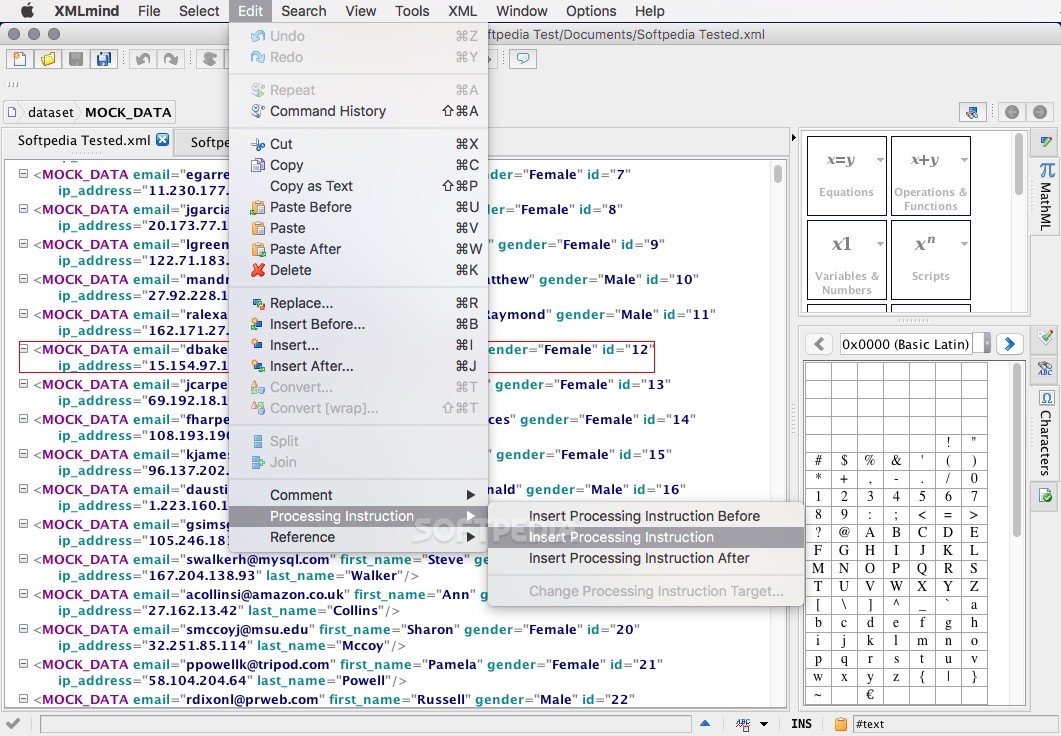
DTD uses a terse formal syntax that declares in particular which elements and attributes may appear in a document and how they should be nested. There are four more or less popular schema languages: and that cannot be defined with the simple DTD language. A length can be expressed in m, cm, in, pt, px, %, etc. HTML and SVG define the main structure with a DTD but add extra constraints for certain elements and attributes through simple descriptions. Often a language is defined using both schemas and text, e.g. the well-known RSS 0.9 syndication language. Other languages are defined with a simple textual description, e.g. some sort of grammars that define elements (tags) and attributes and how they can be combined. Many XML languages are defined with so-called schemas, i.e. In that case, so-called namespaces must be usedġ.2 Defining XML languages Often, more than one XML language appears in a document. Content may be validated by a schema (aka grammar). Special XML characters like the must be dealt with in a special way. Syntax must be well-formed (all tags closed, etc.). An XML document is a hierarchical structure. Let us recall some principles that you also may have read in the XML principles article. 
Xmlmind introduction how to#
PHP - MySQL - XML tutorial - basics (shows how to display an XML result-set retrieved form MySQL with XSLT)ġ.1 Recall of XML principles.

XQuery tutorial - basics (if you have interest in XML databases).XML namespace (more details about XML namespaces).Be able to fix well-formedness and validity errors.Be able to check well-formedness and validate.Be able to edit XML without hand-editing tags, profit from editors that have DTD and Schema awareness (most do not !).Understand the necessity of using an XML editor.Be able to somewhat understand Document Type Definition (DTD) schemas.






 0 kommentar(er)
0 kommentar(er)
